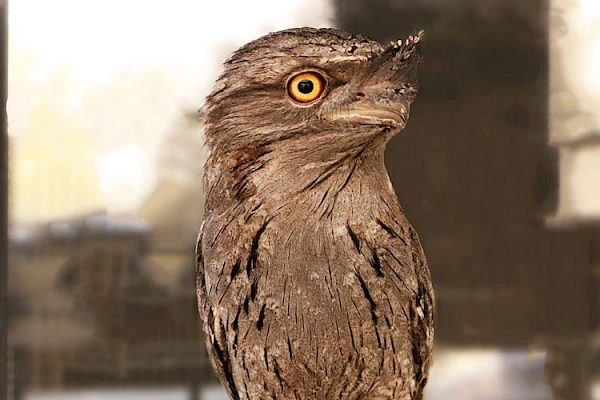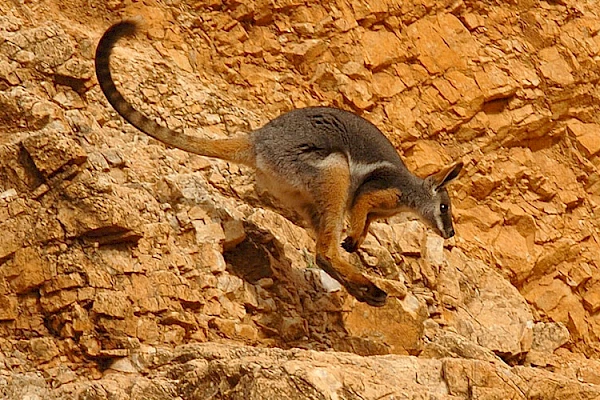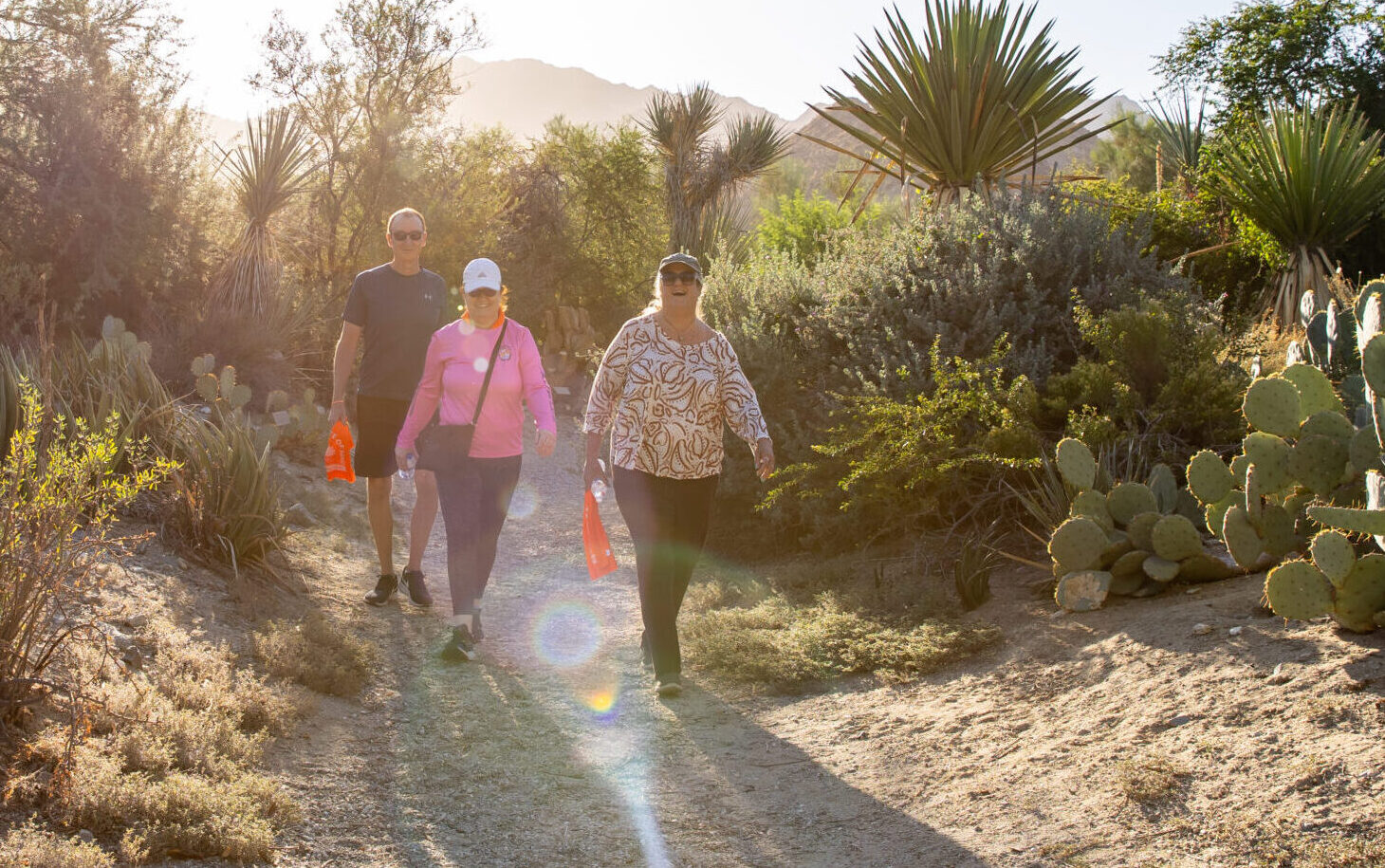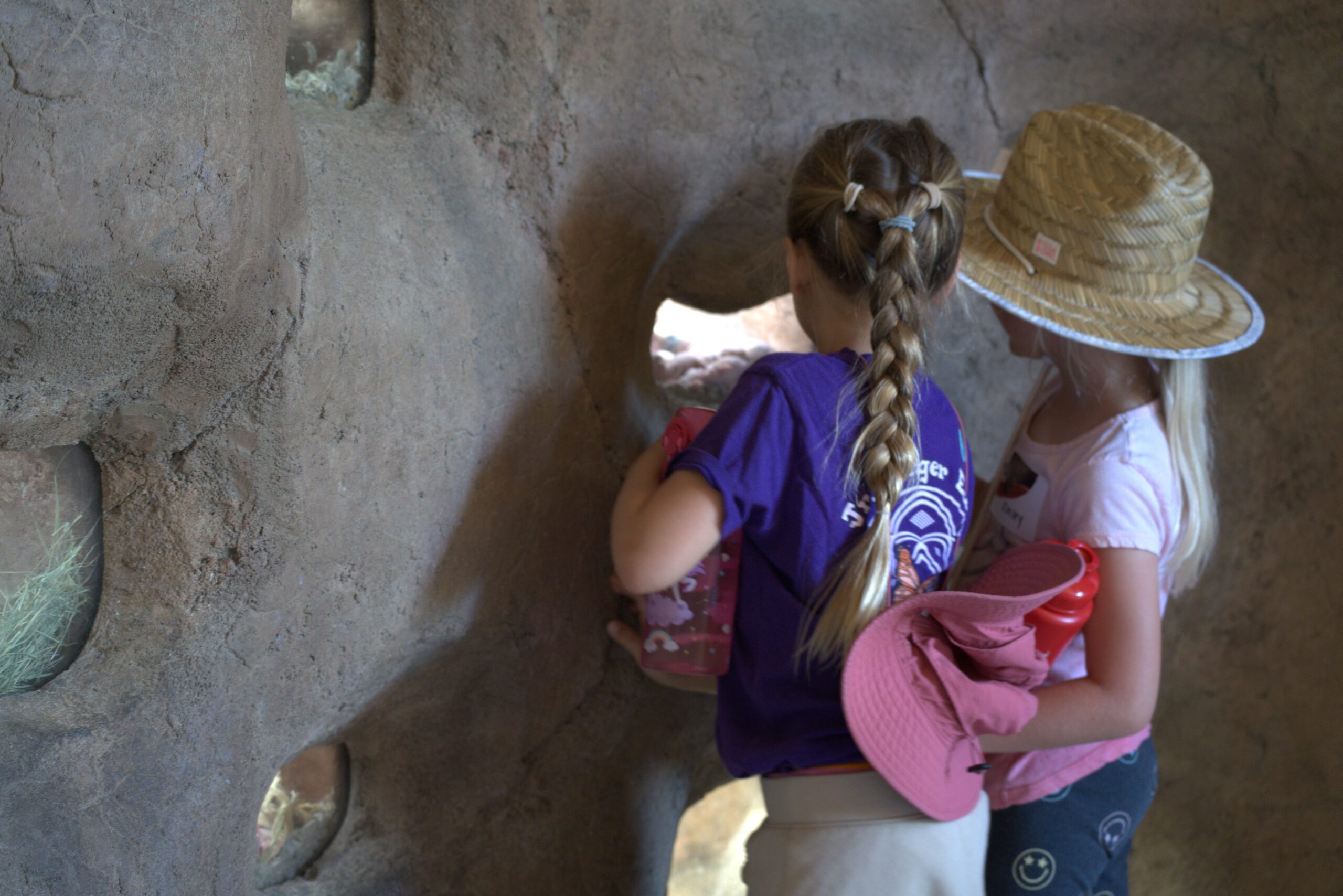Tawny Frogmouth

Masters of camouflage, tawny frogmouths sleep on low tree branches during the day. When disturbed, they stiffen their body and stretch their neck, simulating a broken tree branch – a behavior called “stumping.”
If provoked, they react with a hissing noise, a startling snap of their yellow-lined beak, and a defensive pose that makes them appear larger.
Tawny frogmouths are threatened by vehicle collisions, habitat loss and degradation, agricultural toxins, and predation by feral cats, dogs, and foxes.
Yellow-footed Wallaby

The yellow-footed rock wallaby lives among rocky cliffs, faces, gorges, and boulder fields. It is mainly nocturnal, sheltering in small caves, cracks, and crevices during the heat of the day.
Yellow-footed rock wallabies can jump up to 12 feet. They have strong back legs and long tails, which counterbalance as they dart among the steep slopes.
Also known as ring-tailed wallabies, the soles of their feet are rough and surrounded by coarse hair, helping them to increase traction and get a firm grip on the rocks. They can be identified from other wallaby species by their distinctive pattern of yellow and brown rings on their long tails.
Queensland Bottle Tree
The Queensland bottle tree (Brachychiton rupestris) is named after its large pachycaul trunk. The much sought-after bottle shape of the trunk is achieved after at least 5-8 years of growth and has earned the tree the attention of succulent growers and bonsai enthusiasts. It is widely used in its native Queensland as an ornamental landscape tree for its ability to withstand drought and high temperatures. In the wild, it is an important emergent component of protected softwood scrub where it is often the tallest member of the canopy.

